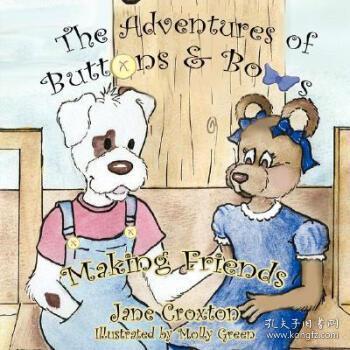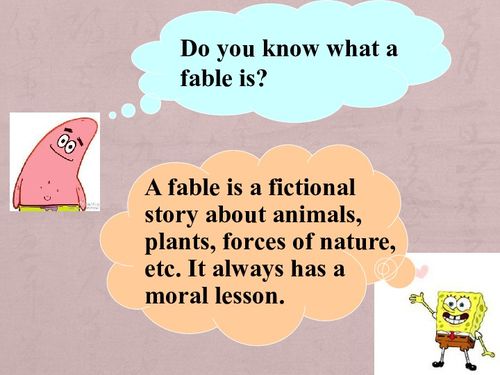Mood and Tones of Poems: A Detailed Exploration
Have you ever found yourself lost in the world of poetry, captivated by the emotions and tones that resonate within the lines? Poems have the power to evoke a wide range of feelings, from joy and love to sorrow and despair. In this article, we will delve into the various moods and tones found in poetry, exploring how they shape our understanding and appreciation of this art form.
Understanding Mood

Mood refers to the overall atmosphere or feeling that a poem creates. It can be light and cheerful, dark and melancholic, or anything in between. Mood is often conveyed through the choice of words, imagery, and the overall structure of the poem.
For example, consider the following lines from William Wordsworth’s “I Wandered Lonely as a Cloud”: “I wandered lonely as a cloud / That floats on high o’er vales and hills.” The mood here is serene and peaceful, with the imagery of a cloud floating above the landscape. This mood is further enhanced by the repetition of the word “lonely,” which suggests a sense of solitude and tranquility.
Exploring Tones

Tone, on the other hand, refers to the attitude or perspective of the poet towards the subject matter. It can be serious, humorous, ironic, or sarcastic, among other possibilities. The tone of a poem can be determined by the poet’s choice of language, the way they address the reader, and the overall message of the poem.
Take, for instance, the following lines from Robert Frost’s “Stopping by Woods on a Snowy Evening”: “Whose woods these are I think I know. / His house is in the village though.” The tone here is one of contemplation and introspection. The poet’s use of the word “though” suggests a sense of doubt or uncertainty, while the overall message is one of longing and hesitation.
Types of Moods and Tones

There are several common types of moods and tones found in poetry. Let’s take a closer look at some of them:
| Mood | Description |
|---|---|
| Happy | Expresses joy, love, and optimism. |
| Sad | Conveys sorrow, loss, and melancholy. |
| Angry | Expresses frustration, anger, and resentment. |
| Reflective | Encourages introspection and self-reflection. |
| Tone | Description |
|---|---|
| Humorous | Uses wit and sarcasm to entertain the reader. |
| Ironical | Conveys a message that is the opposite of what is said. |
| Serious | Expresses a serious and thoughtful attitude. |
How Mood and Tone Interact
Mood and tone are closely related, as they both contribute to the overall impact of a poem. While mood is the atmosphere, tone is the perspective. Together, they create a unique emotional experience for the reader.
Consider the following lines from Emily Dickinson’s “I heard a Fly buzz 鈥?when I died 鈥揬”: “Out of the Window flew a Fly / In through the Window flew a Fly.” The mood here is eerie and unsettling, while the tone is one of detachment and calmness. The juxtaposition of these elements creates a haunting and thought-provoking effect.
Appreciating Mood and Tone
Understanding the mood and tone of a poem can greatly enhance our appreciation of its beauty and depth. By paying attention to the words and imagery, we can gain insight into the poet’s emotions and intentions.
When reading a poem, take the time to reflect on the mood and tone. Ask yourself what emotions the poem evokes, and how the poet’s choice of language contributes to that effect. This reflection can lead to a deeper understanding and appreciation




